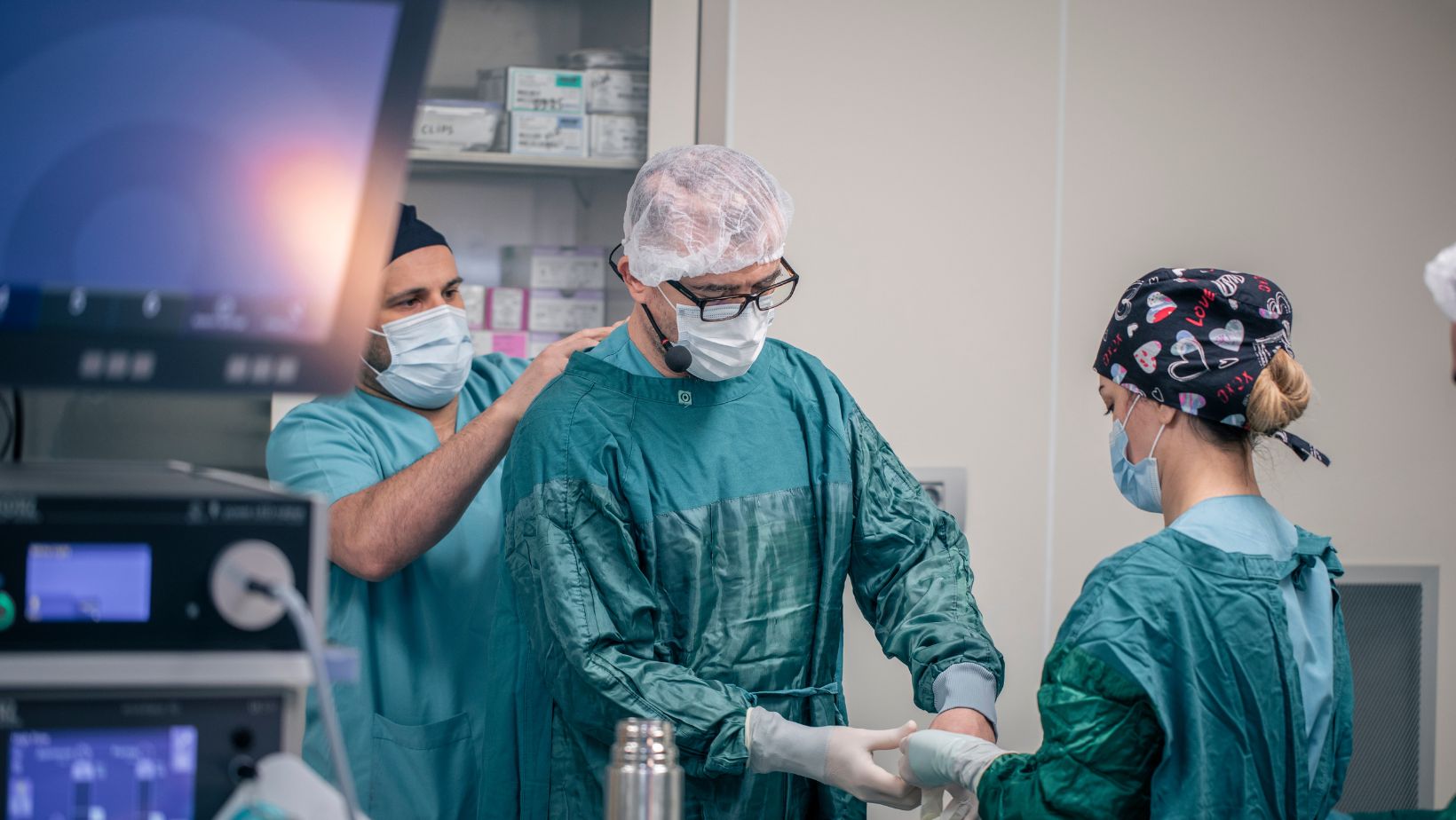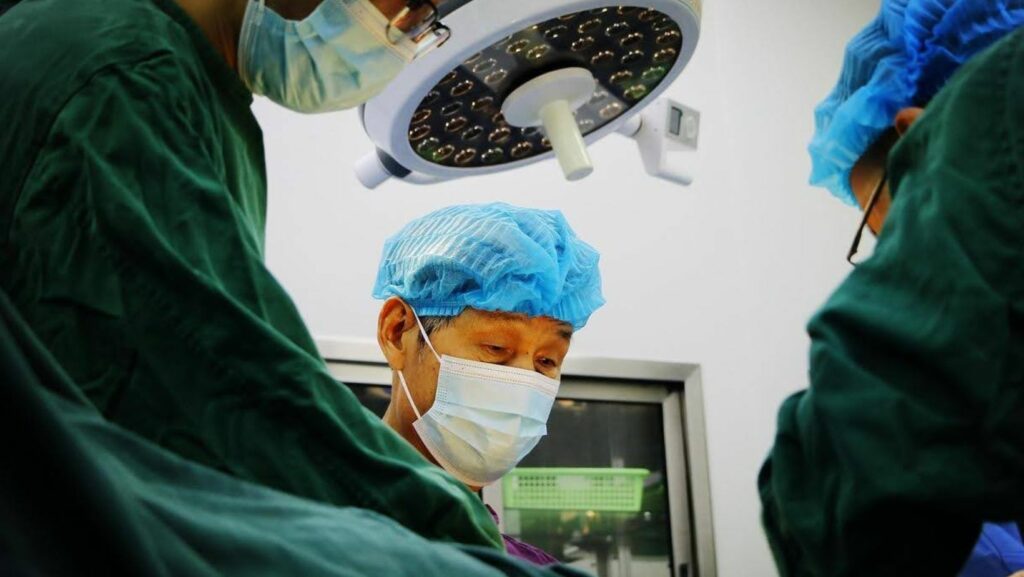Male breast enlargement is a condition that affects men of different ages and backgrounds, often leading to confusion, discomfort, and a profound impact on confidence. While many associate chest development primarily with female physiology, men can also experience a visible increase in breast tissue that goes beyond normal fat deposits. This development is not only a physical phenomenon but often a signal of deeper medical, hormonal, or lifestyle-related issues that should not be ignored. For many men, the presence of enlarged breasts brings about emotional struggles, avoidance of certain social situations, and difficulties in accepting their body image.
Understanding its origins, symptoms, and potential treatment paths is essential, not only for those directly affected but also for those supporting a friend, partner, or relative dealing with it. Addressing the subject openly helps break down stigma, makes it easier to seek professional advice, and highlights the importance of timely diagnosis.
Causes of Male Breast Enlargement
The development of enlarged breast tissue in men is most commonly rooted in hormonal imbalances. The male body naturally produces both testosterone and estrogen, though in very different amounts. When this balance is disrupted—whether by increased estrogen or decreased testosterone—the growth of glandular breast tissue can occur. Such disruptions are not unusual during puberty, but in many cases they resolve naturally as the hormone levels stabilize with age. However, for a considerable number of men, the changes do not recede and instead become a long-term condition. This medical situation is often described under the term Gynaecomastia, which highlights its distinction from simple fat deposits and underscores its relevance as a clinical concern.
Beyond natural hormonal fluctuations, several external factors can also contribute. Certain prescription medications, including those used for treating heart disease, ulcers, or psychiatric disorders, list breast tissue growth as a potential side effect. Anabolic steroids and recreational drugs may also trigger or worsen the condition. Chronic illnesses, such as kidney failure or liver disease, are known to interfere with hormone regulation and can therefore increase the likelihood of male breast development. Genetic predisposition further complicates the picture, making some individuals inherently more vulnerable than others.
“Male breast enlargement is not just a cosmetic issue, but often a physical sign of underlying hormonal or medical conditions that deserve attention.”
Symptoms and Diagnosis
Recognizing the signs of male breast enlargement is not always straightforward. While some men may notice a gradual swelling around the nipple area, others experience a more sudden change. Unlike simple fat accumulation, which tends to feel soft and spread evenly across the chest, enlarged glandular tissue often presents as a firmer, disc-like mass beneath the nipple. This difference is crucial, as distinguishing between fat tissue (lipomastia) and true glandular growth is the foundation of correct diagnosis.

Doctors rely on a combination of physical examination, medical history, and diagnostic imaging to determine the nature of the enlargement. Mammograms and ultrasounds may be employed, particularly when there is uncertainty about whether the swelling could indicate more serious conditions such as breast cancer, which, though rare, can occur in men. Blood tests are often recommended to assess hormone levels and rule out underlying metabolic or endocrine disorders. For some patients, the diagnostic journey reveals not just the cause of breast enlargement but also previously undetected health issues that need attention.
Psychological and Social Impact
The emotional toll of male breast enlargement is often underestimated, yet it can be just as challenging as the physical discomfort. Many men describe feelings of embarrassment, shame, and frustration when their chest does not match cultural expectations of masculinity. Activities that involve taking off a shirt, such as swimming, working out at the gym, or simply being on a summer beach, may trigger deep insecurity. This avoidance behavior can lead to social isolation, reduced self-confidence, and even symptoms of depression.
The stigma surrounding male body image makes it difficult for those affected to speak openly about their condition. While women are often encouraged to discuss issues relating to body changes, men are frequently expected to remain silent. This silence creates an emotional barrier that prevents many from seeking medical support, prolonging their struggle unnecessarily. Addressing male breast enlargement in conversations, both in medical spaces and broader society, helps normalize the condition and empowers men to seek the care they deserve.



